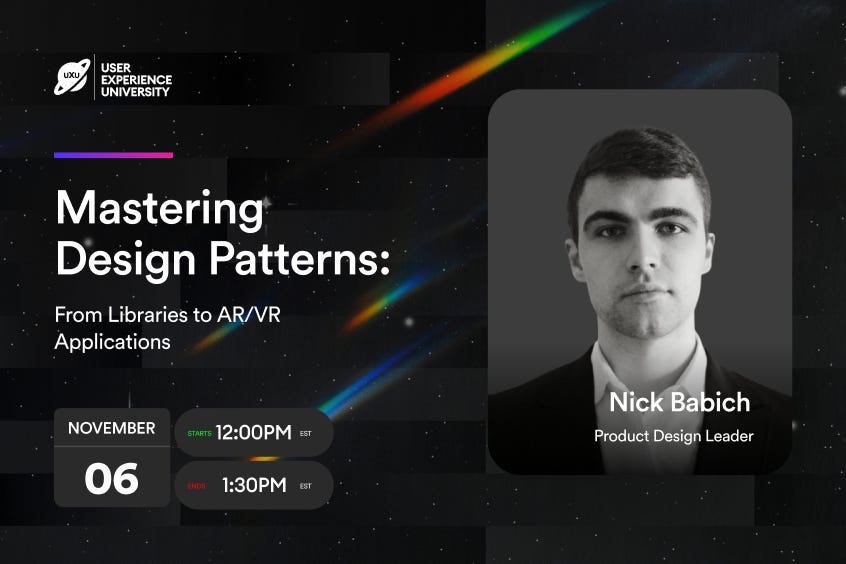Designing for Emotional Impact
Using Visual Design and UX Principles to Evoke Emotions
When we think of great user experiences, it’s not just about how well a product works—it’s also about how it makes us feel. Designing for emotional impact means using visuals and user experience (UX) principles to evoke specific emotions, helping users feel more connected, engaged, and satisfied with your product. Here’s why that matters and how you can do it.
Why Emotions Matter in Design
Emotions influence how we interact with products. A website or app that makes you feel good keeps you coming back. If it frustrates or bores you, you’re likely to leave. Emotional design is about creating experiences that go beyond functionality, making users feel happy, confident, or even delighted as they navigate your product.
Key Principles for Designing with Emotion
First Impressions and Visual Design
The first thing users notice is the visual design. Colors, fonts, and images all contribute to the mood of the experience. Bright, warm colors (like orange or yellow) can make users feel energized, while cool tones (like blue or green) can make them feel calm and relaxed.Clean, well-organized design makes users feel at ease. When elements are spaced well, and the layout is clear, users can easily find what they need, reducing frustration and creating a positive first impression.
Microinteractions: Small Moments of Delight
Microinteractions are the little animations or responses that happen when users interact with your product. For example, when you click the “like” button on a social media post, the heart might animate or change color, adding a bit of fun to the interaction. These small moments can spark joy and make the experience feel more engaging.Empathy in Design: Understanding User Needs
Designing with empathy means understanding what your users are going through and designing to make their lives easier. For example, a clear and simple checkout process on an online store can reduce stress for users, making them feel supported and confident that their transaction will go smoothly.A thoughtful design that anticipates user frustrations (like error messages that explain why something went wrong and how to fix it) can make users feel reassured instead of annoyed.
Storytelling in Design
People connect emotionally with stories. You can apply storytelling in your design by guiding users through a journey. For example, onboarding a new user with friendly, step-by-step instructions can make the process feel more personal and engaging, turning a potentially boring task into a positive experience.Showing users progress—like how far they’ve come in completing a form or reaching their goals—can give them a sense of accomplishment and motivate them to keep going.
Personalization
Personalization makes users feel special. By tailoring the experience to their needs—like recommending content based on their past behavior—you create a connection. When users feel like the product understands them, they’re more likely to keep using it.Think about how Netflix suggests movies you might like, or how a shopping app recommends products based on your previous purchases. These personalized touches can make users feel valued and understood.
Emotional Triggers: Encouraging Action
Certain design choices can trigger emotions that prompt users to act. For instance, showing limited-time offers or low stock can create urgency, pushing users to buy. But it’s important not to overuse these tactics, as they can feel manipulative and harm the user experience.
UPCOMING EVENT
Ever wonder what separates good designers from truly great ones?
It’s not just creativity—it’s the ability to create designs that work consistently across any platform, from apps to immersive AR/VR environments. Design patterns are the key to unlocking that consistency, and we’re about to show you how.
If you’ve ever struggled to keep your designs scalable, or felt like your skills aren’t quite ready for the next big thing (like AR or VR), this is the workshop you’ve been waiting for. It’s time to move from designing screens to crafting experiences that work in any context.
Designing for Emotional Impact in Action
Let’s say you’re designing a fitness app. Here’s how you can use emotional design principles:
Visuals: Use bright, motivating colors like orange and red to create energy and excitement.
Microinteractions: When users complete a workout, show a celebration animation to make them feel accomplished.
Empathy: Provide encouraging messages to keep users motivated, especially after difficult workouts.
Storytelling: Let users track their progress over time, showing how far they’ve come, which makes them feel proud of their achievements.
Personalization: Suggest workout routines based on users’ past activity or fitness goals, making the app feel tailored to their needs.
Designing for emotional impact means creating experiences that resonate with users on a deeper level. By focusing on how your design makes people feel—whether it’s through visuals, small interactions, or personalized content—you can create a product that’s not only useful but also memorable and enjoyable. When users feel good about your product, they’re more likely to engage with it, stick with it, and even recommend it to others.
Best,
The UXU Team



